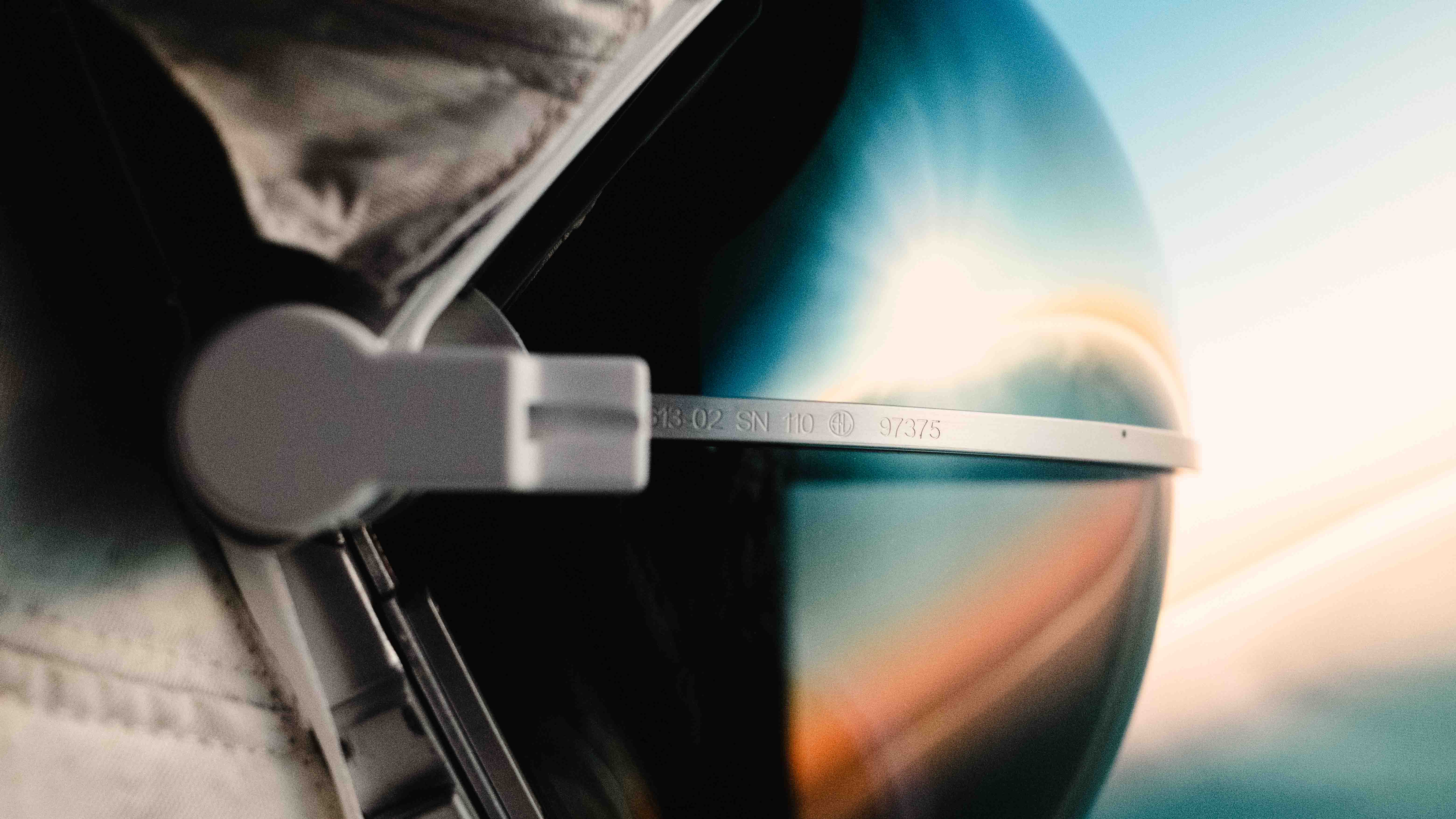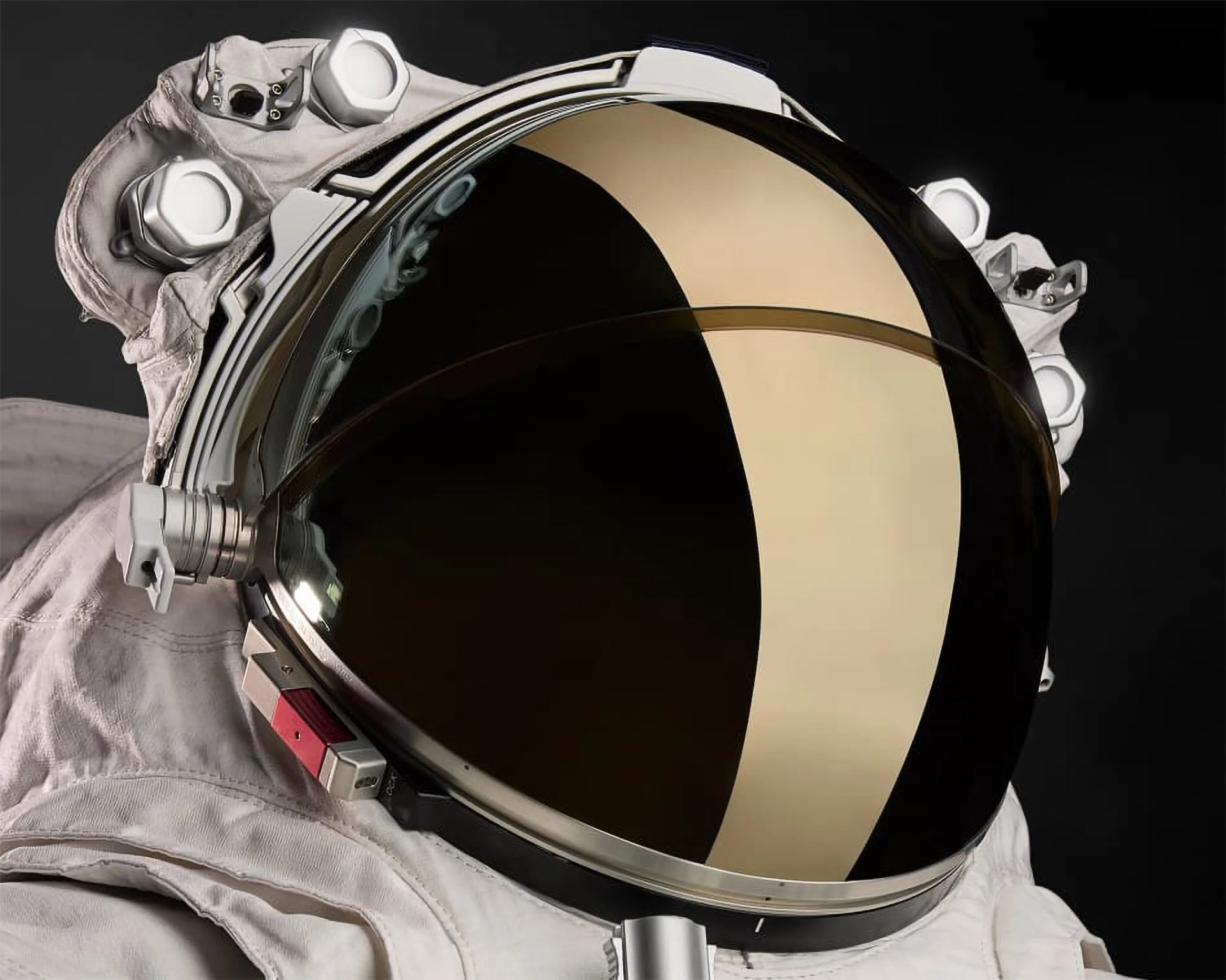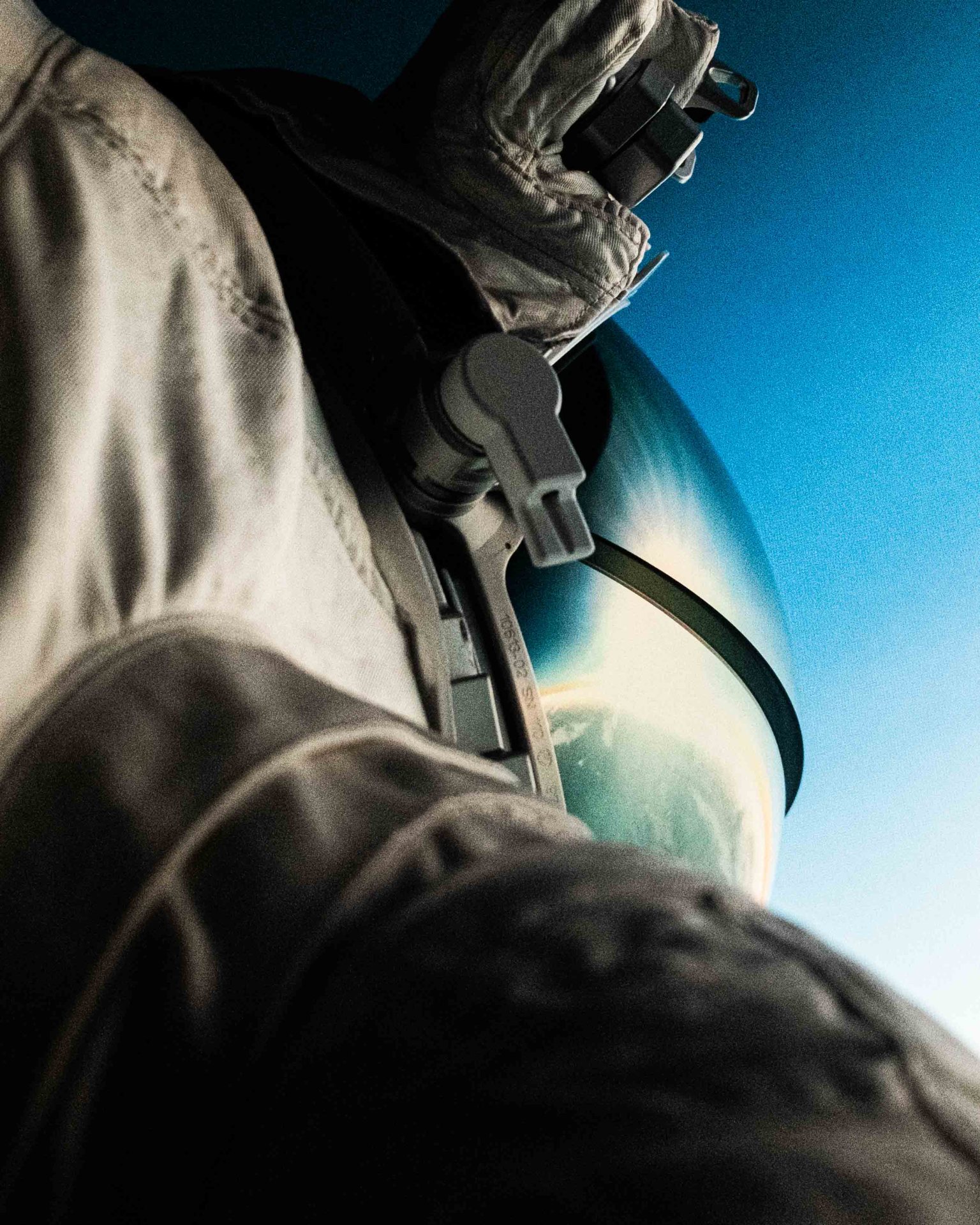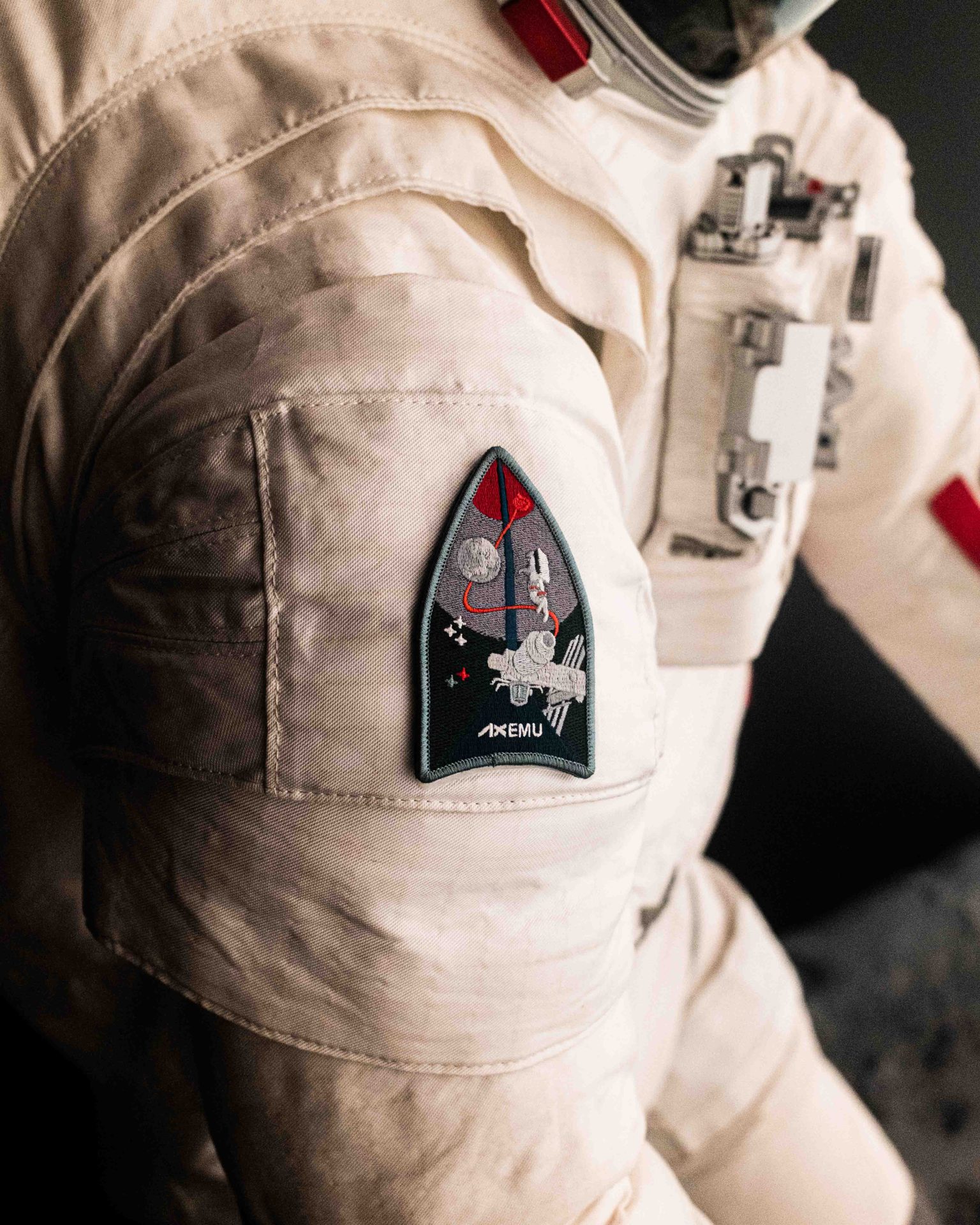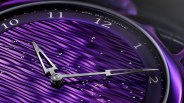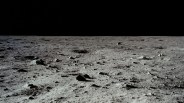Leave it to Oakley to go its own way.
Celebrating 50 years in operation at its headquarters in Foothill Ranch, California, the pioneering eyewear manufacturer chose to focus less on where it’s been but where it’s heading.
And, if all goes according to plan, it could take them to the moon and back. Literally.
Part of Artemis III
Revealed during the brand’s birthday celebrations, Oakley confirmed it will supply the visor system for the Axiom Extravehicular Mobility Unit (AxEMU) — the space suit that will be used by Moon-bound astronauts as part of NASA’s Artemis III mission.
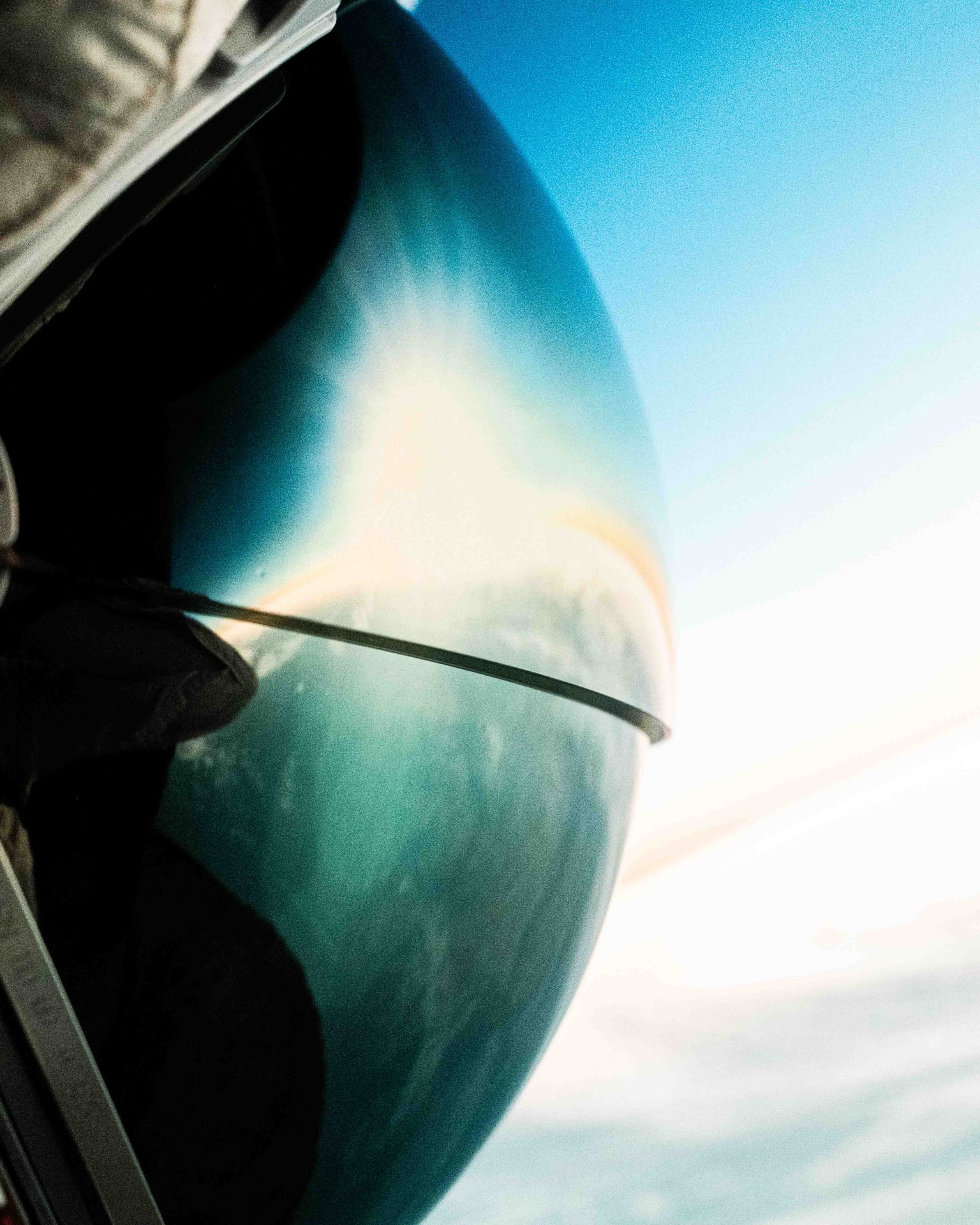
“The next person to walk on the Moon will be wearing Oakley’s next-gen High-Definition Optics, and that’s a responsibility we don’t take lightly,” says Ryan Saylor, SVP of advanced product development at Oakley.
